School enrollment is an essential milestone in every child’s education. However, for families with shared custody or unique legal situations, one question often arises—do both parents need to sign school enrollment forms? This deceptively simple query carries legal, procedural, and emotional dimensions, making it vital for parents, legal guardians, and school administrators to fully understand the requirements.
This guide dives into these complexities, covering legal requirements, custody considerations, exceptions, and practical tips to help co-parents and schools work together smoothly. Whether you’re navigating joint custody, dealing with an uncooperative co-parent, or want clarity on school policies, we’ve got you covered.
Table of Contents
Legal Requirements for School Enrollment
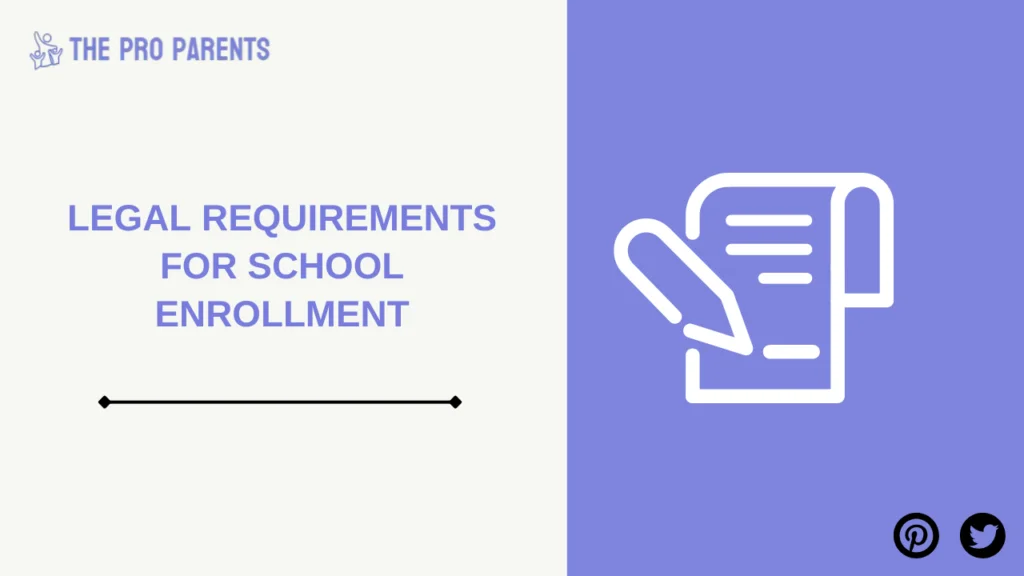
General Guidelines for Enrollment
The school enrollment process is fairly standardized across districts, though specific requirements can vary by state or locality. Generally, parents or guardians must submit documents such as a child’s birth certificate, proof of residency, vaccination records, and often parental consent.
But what happens when parental consent isn’t straightforward? Schools might encounter the dilemma of determining whether both parents need to sign the enrollment forms, particularly in cases involving shared custody. To address this, many schools look at legal documentation to understand who has the authority to make educational decisions for the child.
Role of Custody Agreements in Enrollment
Custody agreements play a significant role in school enrollment. These legal documents define whether one or both parents have decision-making authority regarding education.
- Joint Custody often implies shared decision-making, meaning both parents may need to consent to major decisions, including choosing a school.
- Sole Custody, on the other hand, gives one parent exclusive decision-making authority, which could eliminate the need for the other parent’s signature.
Understanding what the custody agreement dictates is crucial, as schools typically abide by its terms to avoid potential legal disputes.
When Both Parents Are Required to Sign School Enrollment
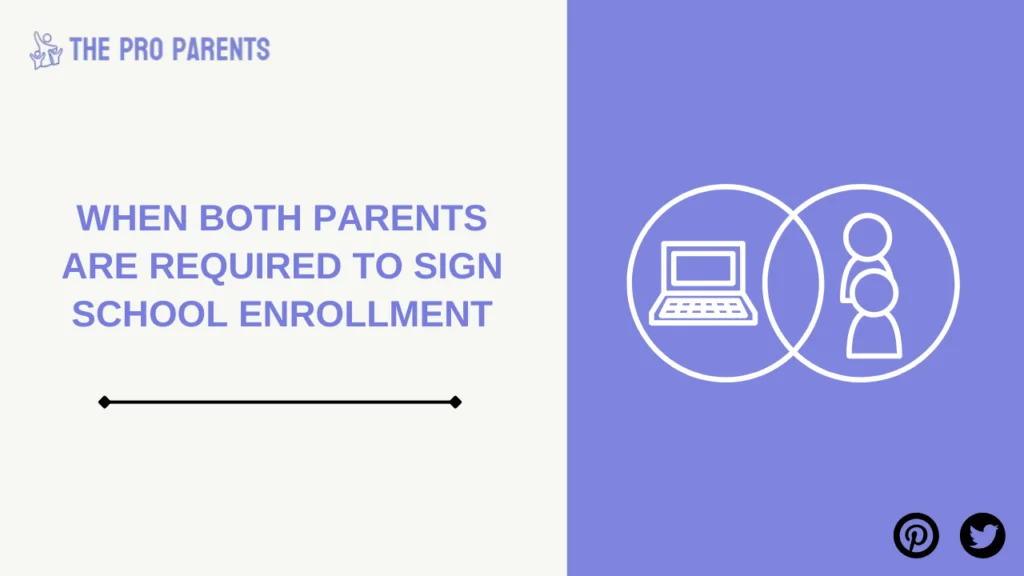
Joint Custody and Shared Decision-Making
For families with joint custody arrangements, shared decision-making is a core principle. Educational decisions, such as school enrollment, often require input from both parents to honor this arrangement.
Schools may mandate both parents’ signatures on enrollment forms for several reasons:
- To show mutual agreement on the choice of school.
- To ensure equal involvement in the child’s education.
- To respect the legal framework of joint custody agreements.
Failure to obtain one parent’s consent in these cases can lead to legal challenges, placing the school in a challenging position. For example, one parent might later contest the enrollment, causing further complications.
State Laws and School Policies
State-specific laws and district-level policies significantly impact whether both parents’ signatures are required for school enrollment.
- Strict States like California or Massachusetts may enforce tighter regulations—mandating both parents’ consent if shared custody exists.
- Lenient States may leave this matter to the schools’ discretion, simplifying the process if custody documentation is provided by one parent.
Before enrolling a child, it’s always advisable for parents to check both state laws and school policies to avoid surprises.
Exceptions: When One Parent Can Sign School Enrollment Forms
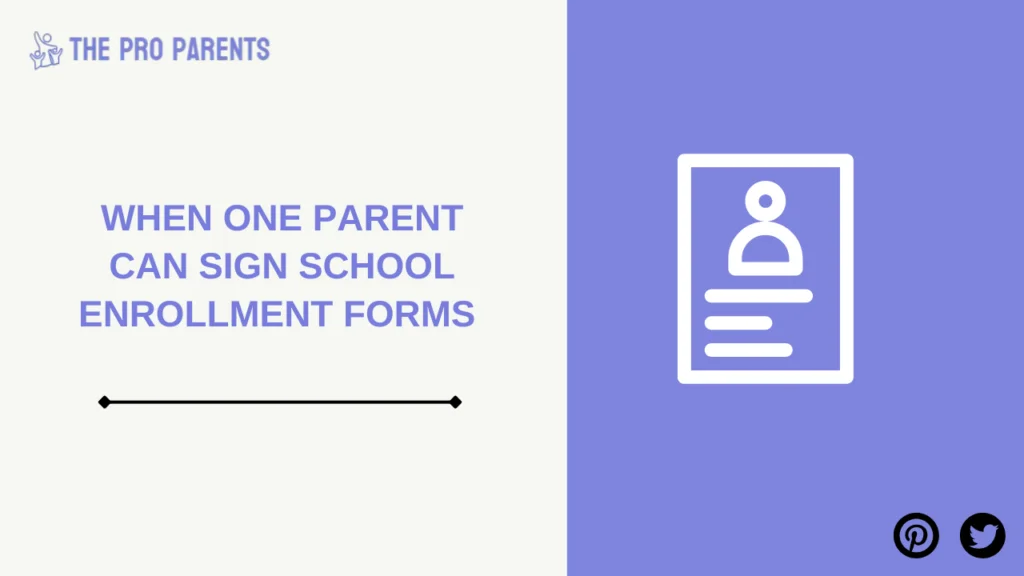
Sole Custody Scenarios
Parents with sole custody often have full authority to make major decisions about their child’s education. Many schools prioritize custody documentation to confirm this, eliminating the requirement for the other parent’s signature.
However, sole custody doesn’t always negate the involvement of the other parent, especially if visitation rights or communication terms are laid out in the custody agreement. Schools must tread this line carefully to avoid unintentionally violating parental rights.
Emergency Situations and Temporary Guardianship
There are times when practical considerations take precedence over strict legal requirements. For example, in emergencies where one parent is unreachable, schools sometimes accept one parent’s signature or even that of a temporary guardian. Examples of such situations include:
- Parental estrangement or temporary unavailability.
- A designated guardian enrolling the child during a parent’s absence.
While these situations are exceptions rather than norms, they are often treated on a case-by-case basis, with schools requiring proper documentation to support the enrollment.
Challenges and Disputes in School Enrollment

Resolving Disagreements Between Parents
Disagreements over school choice can escalate quickly, particularly for parents with joint custody. Common points of conflict include preference for public vs. private schools, proximity to parents’ residences, and curriculum strength.
Legal resolutions might involve:
- Mediation to negotiate a middle ground.
- Court Intervention, where a judge may rule in the child’s best interest.
- Custody Agreement Modifications, refining decision-making authority if recurring conflicts arise.
Encouraging open communication—or seeking third-party assistance when necessary—can go a long way in resolving disputes amicably.
Emotional and Practical Impact on Children
When parents clash over schooling decisions, it’s often the children who bear the emotional brunt. Unresolved disputes can create stress, impact academic performance, and strain the parent-child relationship.
Parents are encouraged to prioritize the child’s needs and discuss decisions calmly to foster stability and security during transitions like school enrollment.
How Schools Handle Parental Signatures During Enrollment
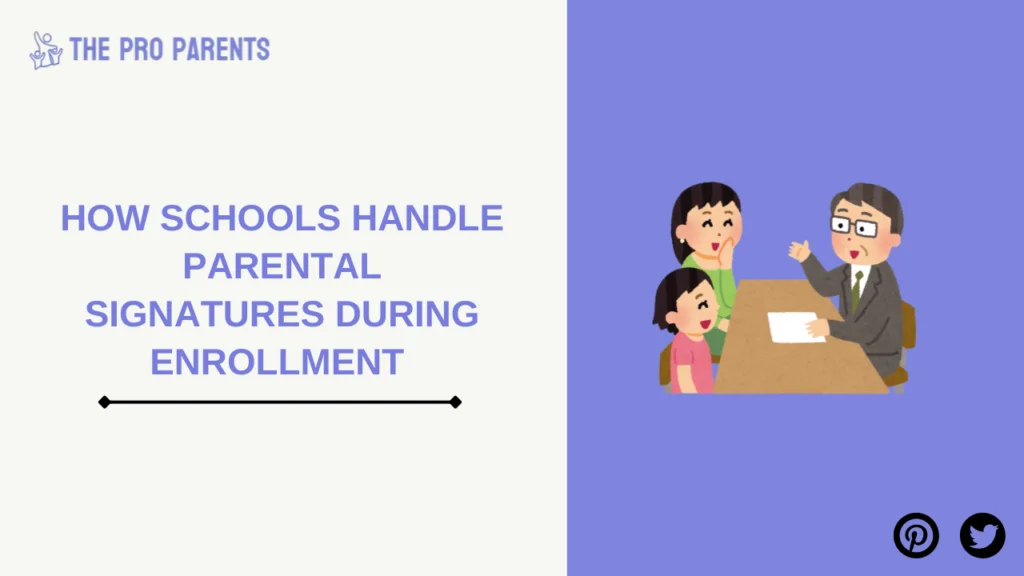
Verification of Parental Authority
Schools typically request custody documents to verify who holds decision-making authority. This precaution protects both parents’ rights and ensures that schools remain compliant with legal requirements.
If one parent attempts to bypass the protocol, schools are often required to document the incident and may temporarily halt the enrollment process until both signatures are obtained (if required by law or policy).
Inclusive Policies for Non-Traditional Families
With family structures becoming increasingly diverse, inclusive school policies have emerged to address challenges faced by single parents, adoptive parents, and guardians.
For example:
- Single parents without custody complications often have the sole authority to enroll children easily.
- Adoption documents and guardianship papers help streamline enrollment for blended or adoptive families.
By fostering inclusivity, schools create a welcoming environment for all families while ensuring compliance and fairness.
Practical Tips for Parents on School Enrollment
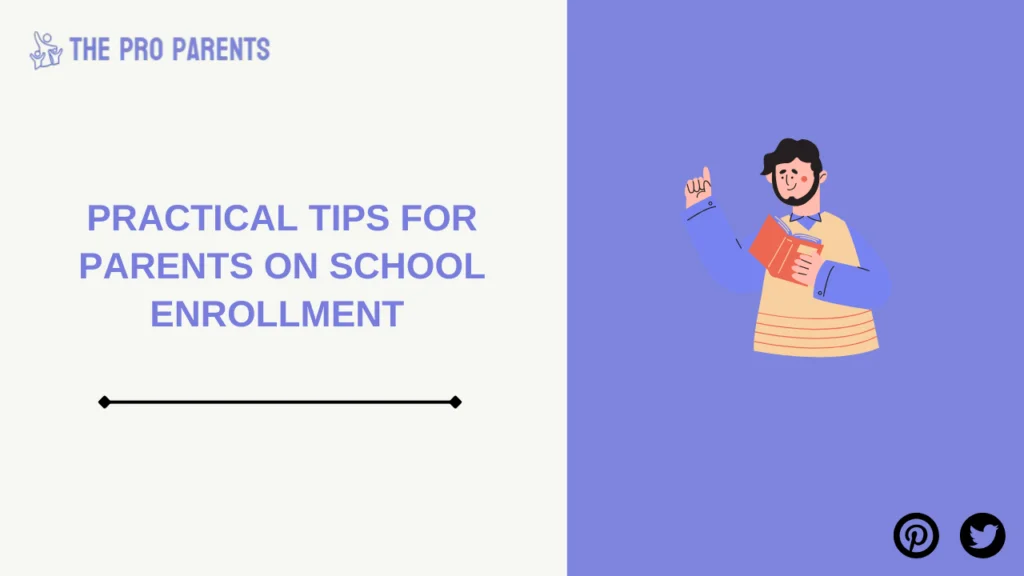
Preparing Documents and Understanding Requirements
Organization is key to smooth school enrollment. Prepare the following documents ahead of time:
- Custody Agreements (if applicable).
- Government-issued IDs of enrolling parents or guardians.
- Proof of Residency to confirm eligibility for local enrollment.
- Immunization Records, as mandated by state law.
Knowing what the school needs beforehand helps avoid last-minute delays.
Communicating with Schools and Co-Parents
Open and respectful communication is vital in co-parenting, particularly during decisions like school enrollment.
- Discuss school choices and send meeting invitations to co-parents, even if relationships are strained.
- Be transparent with school administrators about custody arrangements to prevent misunderstandings.
Legal Consultation and Professional Advice
If you’re unsure about your legal standing or encounter disputes, consulting a family law attorney can provide clarity. Legal professionals can assess your custody agreement, offer advice, and help modify arrangements if needed.
Final Thoughts on School Enrollment and Parental Consent
Understanding whether both parents need to sign school enrollment forms is critical in protecting parental rights and ensuring the child’s best interest. Custody arrangements, local laws, and school policies all influence the process, making clear communication and preparation indispensable.
By exploring legal options and fostering collaboration between parents and schools, you can make the enrollment process stress-free and focused on what truly matters—your child’s education and growth.
Need help navigating school enrollment requirements? Don’t hesitate to consult family law experts and school counselors to ensure a smooth and successful process.
FAQS
Do both parents need to consent to school enrollment?
Consent requirements depend on custody agreements, local laws, and school policies.
What if one parent refuses to sign the enrollment forms?
Consult your custody agreement and a family law expert to determine the appropriate next steps.
Does sole custody affect school enrollment consent?
Parents with sole custody usually have the authority to enroll the child without the other parent’s consent.
Can a school require both parents’ signatures?
Yes, some schools may require signatures from both parents, depending on policies or legal guidelines.
Who can help clarify enrollment requirements?
Family law experts and school administrators can help you understand specific enrollment requirements.
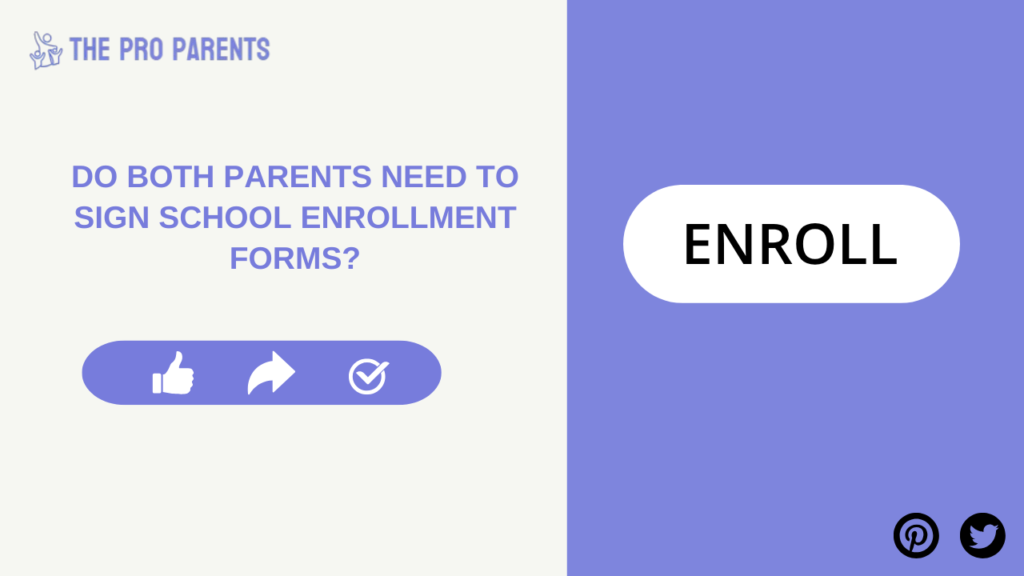

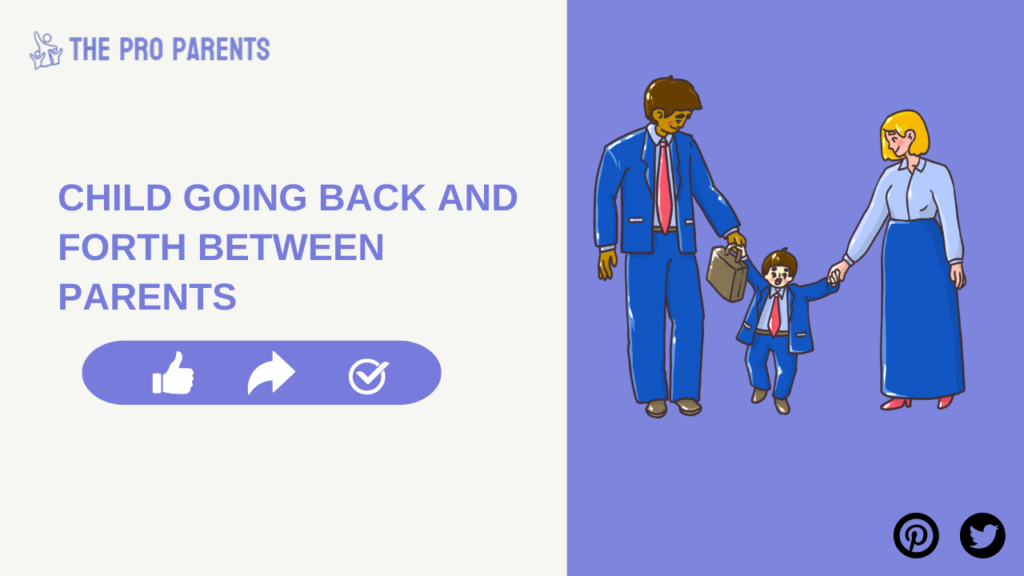

Finally, a blog that doesn’t overcomplicate things for new moms.